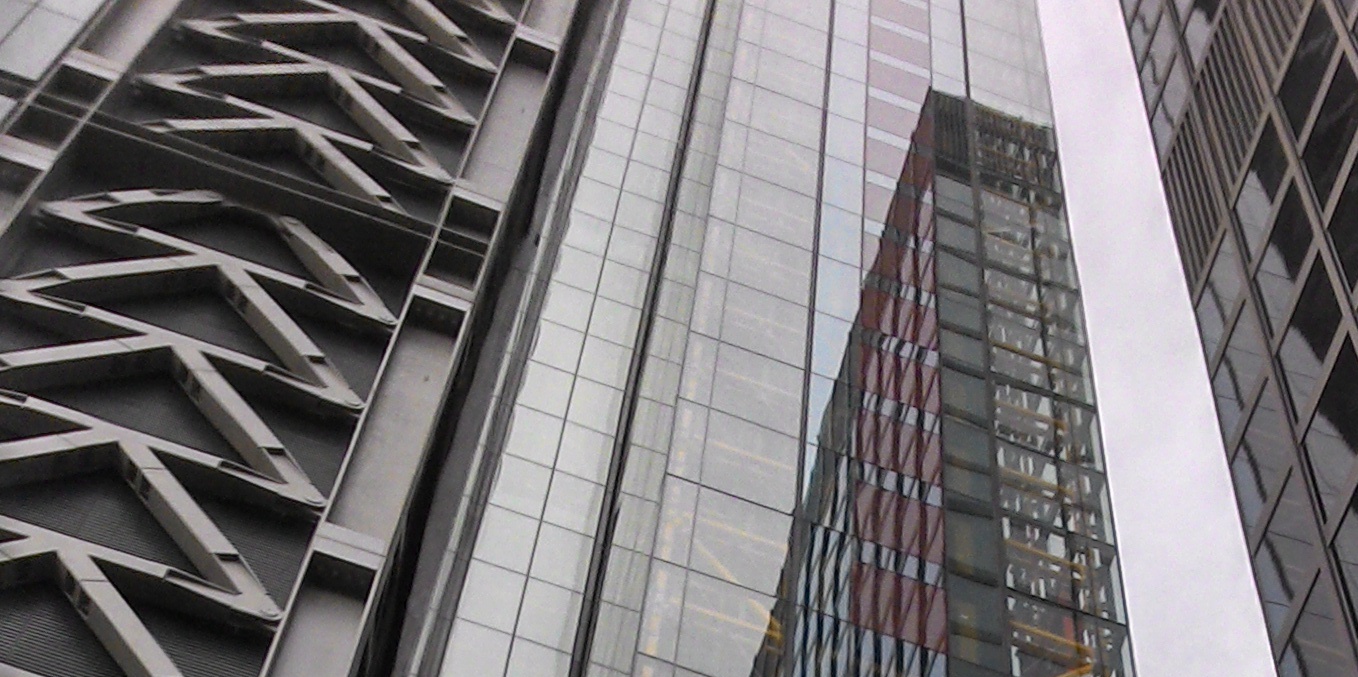Hydrogen embrittlement
Hydrogen embrittlement occurs as a result of exposure to hydrogen, for example, in the manufacture or processing of high-strength steels and titanium and aluminium alloys. It reduces the ductility and load-bearing capacity of affected materials, which can cause cracking or failure at below normal yield stresses.
Hydrogen embrittlement takes place when recently-produced, nascent hydrogen atoms diffuse into the metal. When load is applied, the hydrogen atoms migrate towards areas of high stress, and the resulting pressure causes sub-microscopic cracking. These cracks themselves become areas of high stress, and so the process continues and the cracks spread through the material, which can ultimately result in failure.
In November 2014, two large bolts fractured at the 47-storey, 737ft Leadenhall Building, popularly known as ‘The Cheesegrater’ because of its distinctive slanting profile, created to respect a protected sight line of St Paul’s Cathedral. A small part of one of the bolts fell from the fifth floor to the ground, but the area was not publicly accessible due to ongoing construction works and nobody was injured.
A third bolt then fractured but was captured by tethering which had been installed following the first two failures.
Investigations undertaken by contractor Laing O’Rourke and structural engineers Arup confirmed that the problem was limited to certain bolts. Tests concluded that the bolts had failed due to hydrogen embrittlement. Arup also confirmed that there was no adverse effect on the structural integrity of the building. However, a programme was undertaken to replace a number of bolts a precautionary measure.
In April 2019, Structural steelwork contractor Severfield released a trading update announcing that it had reached a final settlement with developer Leadenhall following “extensive negotiations”. Ref http://www.constructionmanagermagazine.com/news/severfield-settles-over-cheesegrater-bolts/
[edit] Related articles on Designing Buildings Wiki
- Brittle fracture.
- Corrosion.
- Degradation of construction materials.
- Failure of cast iron beams.
- Failure of metals.
- Graphitisation.
- Leadenhall building.
- Rust.
- Spalling.
[edit] External references
- Global Construction Review. Fear of failure: Why bolts on London’s Cheesegrater tower began to break. 16 January 2015.
Featured articles and news
Infrastructure that connect the physical and digital domains.
Harnessing robotics and AI in challenging environments
The key to nuclear decommissioning and fusion engineering.
BSRIA announces Lisa Ashworth as new CEO
Tasked with furthering BSRIA’s impressive growth ambitions.
Public buildings get half a million energy efficiency boost
£557 million to switch to cleaner heating and save on energy.
CIOB launches pre-election manifesto
Outlining potential future policies for the next government.
Grenfell Tower Inquiry announcement
Phase 2 hearings come to a close and the final report due in September.
Progress from Parts L, F and O: A whitepaper, one year on.
A replicated study to understand the opinion of practitioners.
ECA announces new president 2024
Electrical engineer and business leader Stuart Smith.
A distinct type of countryside that should be celebrated.
Should Part O be extended to existing buildings?
EAC brands heatwave adaptation a missed opportunity.
Definition of Statutory in workplace and facilities management
Established by IWFM, BESA, CIBSE and BSRIA.
Tackling the transition from traditional heating systems
59% lack the necessary information and confidence to switch.
The general election and the construction industry
As PM, Rishi Sunak announces July 4 date for an election.
Eco apprenticeships continue help grow green workforce
A year after being recognised at the King's coronation.
Permitted development rights for agricultural buildings
The changes coming into effect as of May 21, 2024.






















